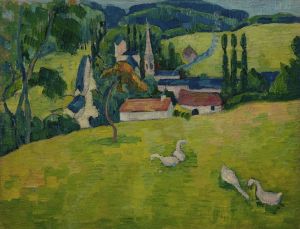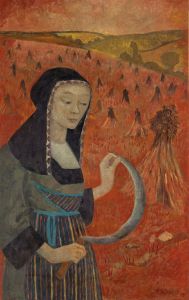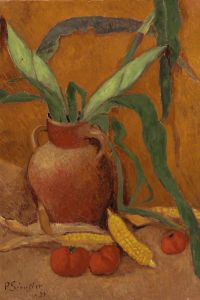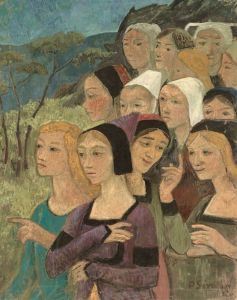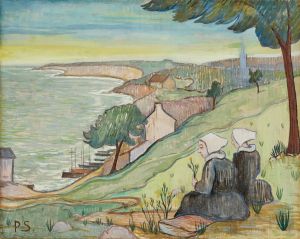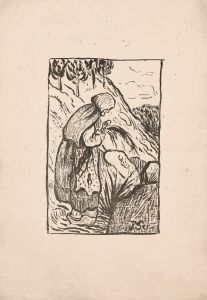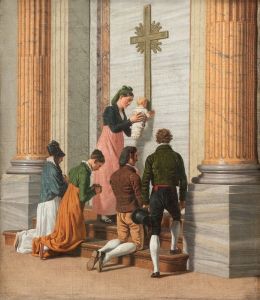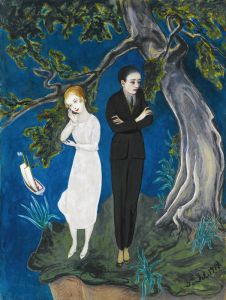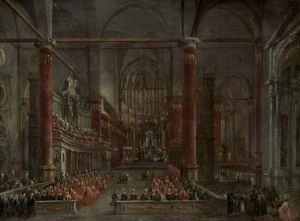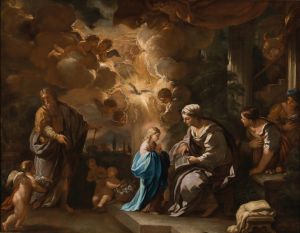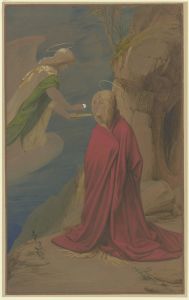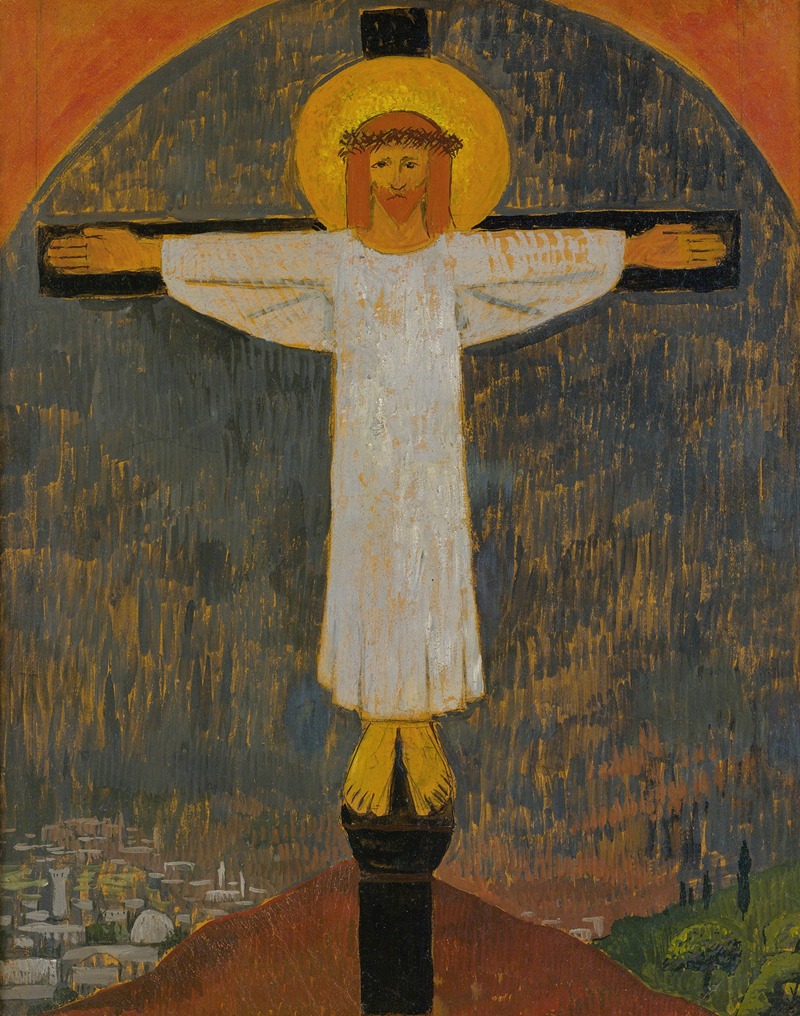
Le Christ Blanc
A hand-painted replica of Paul Sérusier’s masterpiece Le Christ Blanc, meticulously crafted by professional artists to capture the true essence of the original. Each piece is created with museum-quality canvas and rare mineral pigments, carefully painted by experienced artists with delicate brushstrokes and rich, layered colors to perfectly recreate the texture of the original artwork. Unlike machine-printed reproductions, this hand-painted version brings the painting to life, infused with the artist’s emotions and skill in every stroke. Whether for personal collection or home decoration, it instantly elevates the artistic atmosphere of any space.
Paul Sérusier's "Le Christ Blanc" is a notable work by the French Post-Impressionist painter, who was a key figure in the Symbolist movement and a founding member of the artist group Les Nabis. Sérusier, born in 1864, was deeply influenced by his interactions with Paul Gauguin and the Pont-Aven School, which significantly shaped his artistic style and philosophy.
"Le Christ Blanc," translated as "The White Christ," is a painting that reflects Sérusier's interest in religious and mystical themes, which were prevalent in his work during the late 19th and early 20th centuries. This painting is characterized by its symbolic use of color and form, a hallmark of Sérusier's style, which he developed under the influence of Gauguin's synthetism. Synthetism emphasized the use of flat areas of color and bold outlines, moving away from the naturalistic representation of subjects.
In "Le Christ Blanc," Sérusier employs a limited color palette, focusing on whites and muted tones to convey a sense of spirituality and otherworldliness. The depiction of Christ in this painting is not intended to be a realistic portrayal but rather a symbolic representation, aligning with the Symbolist movement's emphasis on conveying deeper meanings and emotions through art. The use of white in the painting can be interpreted as a symbol of purity, divinity, and transcendence.
Sérusier's involvement with Les Nabis, a group of avant-garde artists, further influenced his approach to painting. Les Nabis, which included artists like Pierre Bonnard and Édouard Vuillard, sought to break away from traditional artistic conventions and explore new ways of expression. They were inspired by the idea of art as a form of visual poetry, where the artist's inner vision and spiritual insights were paramount.
"Le Christ Blanc" can be seen as an embodiment of these ideals, where Sérusier's personal vision and spiritual exploration are expressed through his unique use of color and form. The painting reflects his belief in the power of art to convey spiritual truths and his desire to move beyond the mere representation of the physical world.
While specific details about the creation and exhibition history of "Le Christ Blanc" are limited, it is clear that the painting holds a significant place within Sérusier's body of work. It exemplifies his commitment to exploring religious and mystical themes through a Symbolist lens and his innovative use of color and composition.
Overall, "Le Christ Blanc" is a testament to Paul Sérusier's role as a pioneer in the Symbolist movement and his influence on the development of modern art. Through this work, Sérusier invites viewers to contemplate the spiritual dimensions of existence and the potential of art to transcend the material world.





